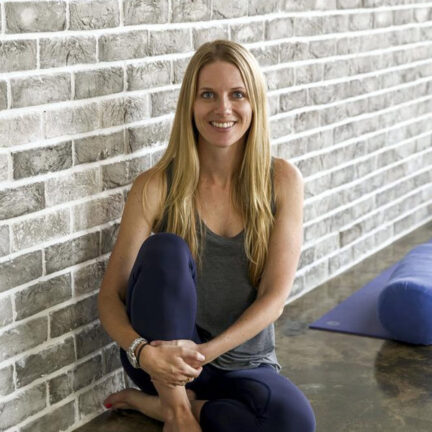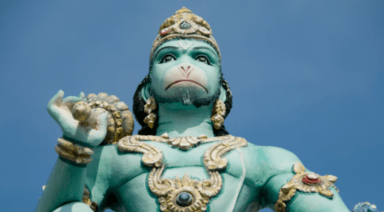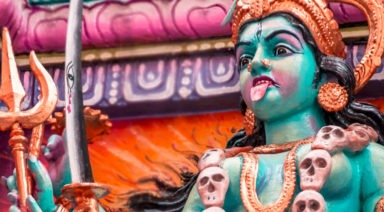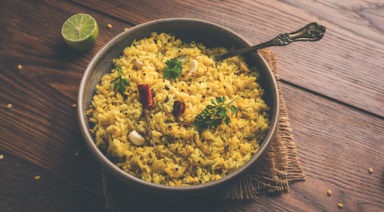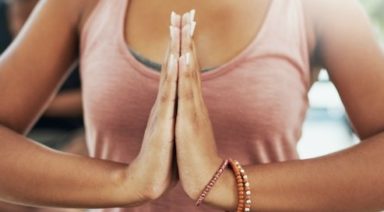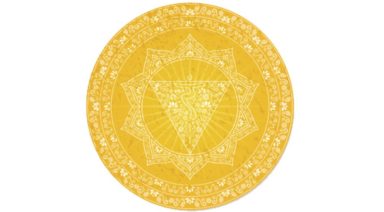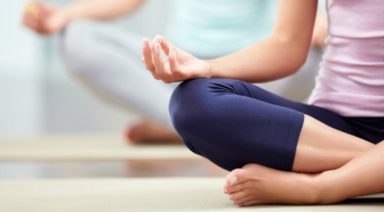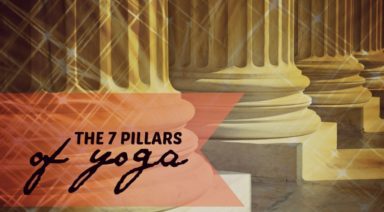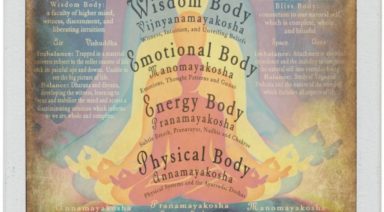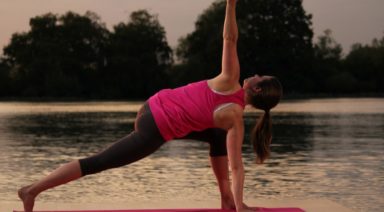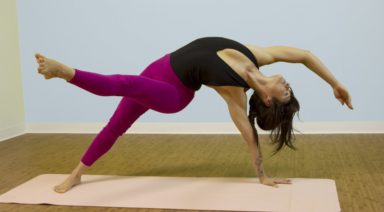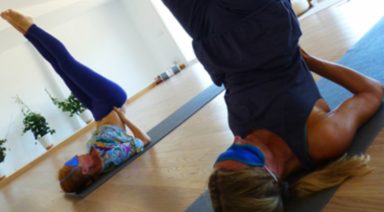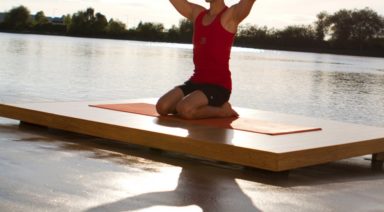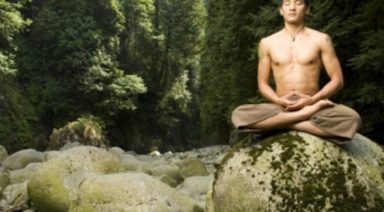3 Ways To Set An Intention In Your Yoga Practice

Yoga is about living a more mindful and intentional life.
I started doing yoga in 2004, and the idea of living a more mindful and intentional life was partly the reason I got into it. I was certainly attracted by the physical side; from the outside, it looked a bit like gymnastics, and ever since kindergarten I had always wanted to be gymnastic star.
However, the body-mind connection I had heard so much about is what really brought me to that first class in the yoga studio. De-stress? Quiet the mind? Develop better awareness? I didn’t know how we were going to do any of that, but it sounded good to me.
The first thing the teacher said in the first class was, “We’ll start by taking a moment to set an intention for your practice.” I drew a total blank. I had no idea what setting an intention meant. I intend to get better at yoga. I intend not to look like a fool in this class. I intend to pick up a latte on my way home. Clearly I didn’t quite get it.
Over the following years, as I learned and grew in my yoga practice, I continually struggled with the basic concept of setting an intention. I would often throw something out there like, “I’m here to dedicate this hour to myself; “I’m here to escape my stressful life”; “My intention is to sweat”; usually not with a lot of thought behind it and always with a self-centered approach.
It wasn’t until I attended my yoga teacher training with the inspiring Paul Dallaghan that I finally really got some value out of setting an intention for my practice. He didn’t actually word it as setting an intention; and perhaps that’s why it seemed less confusing for me. But every morning, before practice, we spent a few moments reflecting on three powerful categories, which I share with you below.
It’s important to note that we didn’t spend 10 minutes thinking about this stuff everyday (who has that kind of time in the real world anyways?); but two to three breaths per category, which is enough, especially if you’re doing it every time.
-
Gratitude: Even in stressful or impossibly tough times, we are lucky to have something in our lives. These are the things that make life a little easier, a little more enjoyable and that make you a happier person. Take a few breaths to focus on the things, the people and the situations in your life that you are grateful for.
-
Forgiveness: Let’s face it: none of us are perfect. We’ve wronged people, and people have wronged us. Its not always intentional and unfortunately, it’s just the way the world works. Take a few breaths to reflect on the things you’d like to be forgiven for, and sending a few forgiving thoughts towards people who have wronged you. In short, this just means letting go. Holding onto bad feelings just doesn’t do us any good.
-
Guidance: In life, we can’t do it all alone. Sometimes we just need help. Reflecting on this helps us to realize that we need help (which is half the battle sometimes!) and makes us much more likely to look in the right places for help. Take a few breaths to think about what you need help with.
Reflecting on these three categories has become integral to my practice, and often forms the beginning or end of the sequence when I’m teaching. It links my yoga practice to the other important things in my life. It also reminds me to put things in perspective and gives a much deeper meaning to those few moments at the beginning or end of my yoga practice when I let go of the stress of my day and focus on what I came to do: my practice.
Hanuman: Myth, Mantra and Asana

Hanuman was born on the wind and a prayer. His father was Kesari, a sort of meditating gladiator monkey-like humanoid, called in Sanskrit, a “vanara”. His mother, Anjana, held the essence of her name: “anj” in Sanskrit means reverence.
Anjana and Kesari really wanted a kid and prayed to Lord Shiva for the blessing of conceiving a son. Shiva, pleased by their devotion and prayers, sent Vayu, the god of wind, to carry Shiva’s essence to fulfill their wishes, perhaps something like a sacred stork.
Turns out that Vayu delivered a pretty gifted kid. Like his gladiator father and like many of our modern-day mixed martial art competitors, Hanuman had a plethora of skills and talents. He wrestled demons, transformed himself to fit the needs of the particular circumstances against which he was fighting, and did so all with unwavering devotion.
Hanuman was devoted to Lord Rama, the god of righteousness and virtue.
Through his devotion, he was characterized as a lifelong Brahmachari (celibate). The belief that Hanuman’s celibacy is the source of his strength became popular among the wrestlers in India.
Hanuman: Behind the Name
Sanskrit texts mention several stories about how Hanuman got his name. Hanuman had a lifelong obsession with the sun, and as a youngster, blazed towards it, mistaking the sun for a mango and mischievously chomping a bite out of it. This really pissed off Indra, the king of the gods, who struck Hanuman’s jaw with lightening, to scold his impetuous nature. A bit harsh, right? Regardless, Hanuman is said to have received his name from the Sanskrit words “hanu” meaning jaw, and “man” meaning prominent or disfigured.
Another lore credits the name as a derivative of the Sanskrit words “han” meaning killed or destroyed, and “mana” meaning pride; indicating that Hanuman is the one whose pride was destroyed.
As Saul David Raye shares in Earth Heart Hanuman, “humility comes when the jaw is broken.” Whether you’re an elite mixed martial artist, or simply a modern-day yogi maneuvering through daily challenges, we discover that when our hearts are full of devotion, our spirit is unbreakable. Saul David Raye says that the stories of Hanuman can teach us, “the balance of incredible opening while still staying balanced.”
It’s Hanuman we can thank for the devotion it takes to practice Sun Salutations, or Surya Namaskars, which are a series of poses linked by the breath. Sun Salutations invite us to bow to and unite with the sun, as a pathway to the divine.

